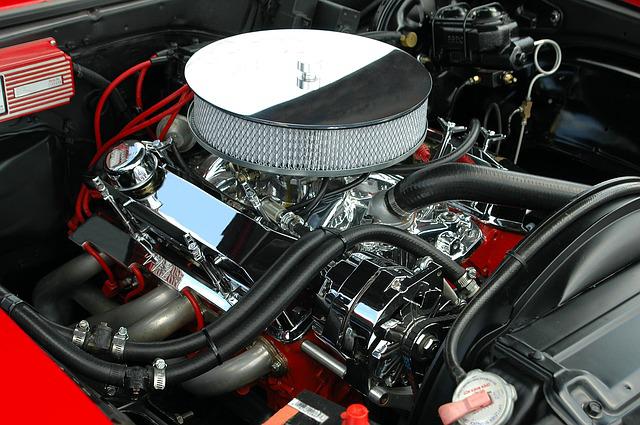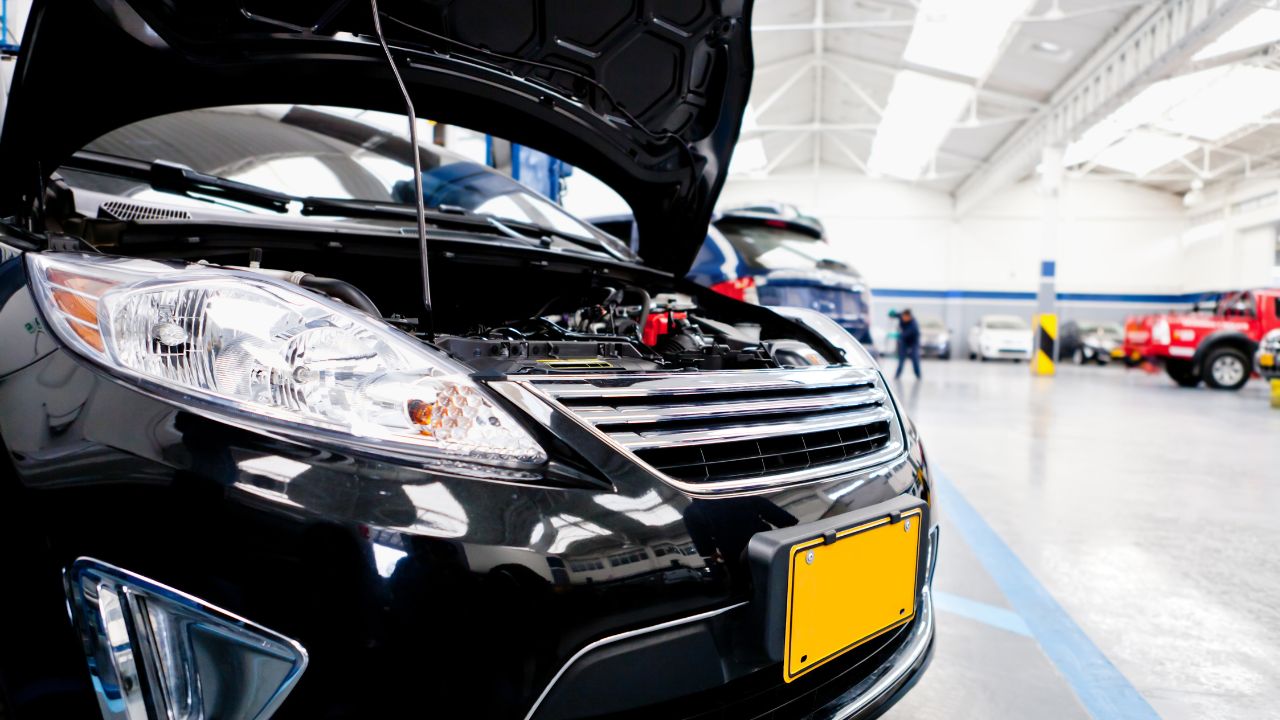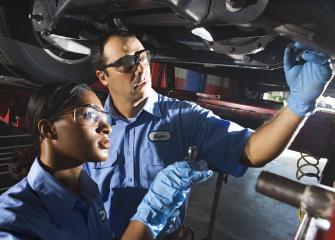
This article will explain how to change headlights for high intensity discharge (HID), halogen, and other bulbs. We'll also cover how to inspect your headlights to determine whether they are aimed correctly and whether the plastic housing has been oxidized. The final step is to find out if the fuse has blown. Following these steps your car's lights should now be bright and efficient.
Replace a halogen/high-intensity discharge bulb (HID).
One of the most sought-after types of headlight bulbs on the market is the halogen bulb. This bulb has been on the market for decades and is a popular choice for most drivers. However, in the coming years, this technology will be challenged and may be supplanted by more advanced technologies. Let's learn about the different features and how to change a halogen halogen headlight bulb.
First, turn off your vehicle and take out the headlight fuse. The correct fuse should be found in your vehicle's manual. After you have removed the fuse, it is possible to remove the headlamp bulb. Before attempting to remove your headlight bulb, make sure that the covers have been removed from your vehicle. Then twist the bulb out of its socket.

Pay attention to the direction of your lights
Make sure that your headlights align properly before you drive. Set your vehicle up against a wall. Line up the front end of your headlights to the wall. Now, switch off the light source to compare your alignment to this guide. You should be able to see a slight difference, or vice versa. They may be too close or too far from you, and could cause blindness.
It can be difficult to aim your headlights correctly. Professional help is a wise decision. It's possible to adjust your headlights manually, but misaligned ones can pose a danger to other drivers and may result in tickets from local authorities. If you're unsure, you can ask the dealership to check it for you. Many dealerships will inspect your headlights free of charge.
Check for oxidation of the plastic housing
Check whether the plastic covering is corroding or has suffered other damage when replacing your headlights. While oxidation is less noticeable in the long run than damage to metal, it can still affect the appearance. Plastic headlights aren't designed for style. They are made to last. The protective film covering the plastic housing can start to wear down, creating blurry or blurred vision.
You must first remove any oxidation. To clean the surface you can use sanding discs or pads. If you only have superficial oxidation, you can use polish to remove it. Use household cleaners and polishes on clear plastic. After cleaning the headlights, polish them with automotive polish.

Make sure you have a working fuse
It's possible that your headlights won't turn on because of a blown fuse. The fuse for the headlights should be at least 15 amps. But if it isn't, then turn off the lights. Sometimes it's easier than changing the headlights. Here are some tips to help you check for a blown fuse.
To test for a blown fuse, locate the fuse box on the dashboard or under the engine. The fuses control both the high beam and low beam of the headlight. They are inexpensive and simple to replace. Check that the fuses have the same color, ampere rating, and contact at the terminals. If the fuses are the identical color, then the wiring inside the headlights can be as well.
FAQ
What jobs are available for car mechanics?
For car mechanics, there are three main areas for employment:
-
Automotive repair shops
-
Dealerships
-
Independent garages
Automotive repair shops
This is where most people first think of becoming a mechanic. In fact, it's probably the easiest way to get started. You have two options: work in an existing shop or open your own.
You will need to join a union if you want to work in a shop. After you are accepted to the union, you will receive training from it.
After completing the training, you'll be ready to start work.
If you decide to open your own garage, you'll need to register with the government. You'll need to meet certain standards after you register.
When you've registered, you'll be given a license to operate your garage.
Your license allows you to sell spare parts and make minor repairs. It won't permit you to fix serious engine problems.
Apart from selling spare parts, customers will also expect you to provide guidance and advice.
Dealership jobs
Most dealerships employ mechanics who can specialize in a particular area of the car. For instance, they may only be qualified to fix brakes or change tires.
Some dealerships have the option to hire general mechanics who can take care of all aspects.
These positions often require applicants that they undergo special training before being allowed work. This means employers can choose which candidates are best suited for their role.
Some dealerships will even hire graduates right out of university. These graduates are familiar with the fundamentals of mechanical engineering so they can easily learn about cars.
Independent garages
Independent garages don't belong to any particular dealership. Instead, they tend to focus on providing high-quality service.
Independent garages are not associated with any companies so they can afford higher wages. As a result, these jobs are generally better paid than those at dealerships.
Independent garages can be just as good places to work, but this does not mean they are better. Many business owners prefer to manage their own businesses rather than delegating responsibility to others.
So you may find yourself working long hours without having any say over what happens during the day.
Expect to earn lower salaries than if you were working in a dealership.
The good news? You can easily switch between different types of jobs. If you want to work at a dealership, then you simply need to ask your current employer if he would consider hiring you as a mechanic instead.
Or, if your dream is to work for an independent garage you can contact the owner directly.
Unfortunately, finding a new job can be difficult. There are plenty of other factors that influence how much you earn.
It could be the type and cost of labor you use to repair your vehicle.
Are you a mechanic or a technician? Can I study part-time?
A degree isn't necessary, but it certainly helps. Employers will prefer candidates who have completed a degree. It shows that your efforts have been put in and you have succeeded.
This doesn't necessarily mean you can't continue to work while studying. Many universities permit students to take courses during the summer holidays, and then finish their studies in the fall. Some universities allow students to take part-time classes throughout the year.
Is it possible to work as an automotive mechanic?
Yes, it's possible. Many garages post their vacancies online. Many people apply simply because they think it might make them feel good. To get your foot in front of the door, try applying for a few positions to see if any accept student applications. You could also ask your family and friends if they know anyone in the industry. They might be happy to recommend someone.
How long does an apprenticeship in automotive mechanics last?
An automotive mechanic apprenticeship takes around three years to complete. The apprenticeship includes two years studying at school and two more as an apprentice. The first year is dedicated to learning the theory and practical skills of the trade. You'll also learn how tools can be used safely and efficiently during this year. After the completion of the first year, you will spend another year on the job training. Here you'll gain valuable experience in different trades. These periods will also give you the chance to take formal courses.
The last year of your program will be spent earning qualifications and becoming certified. These include NVQs (National Vocational Qualifications), that are given after passing specific industry exams. In addition, there are HNCs (Higher National Certificates) that cover general subjects such as management, business administration, and customer service. For those interested in pursuing certain trades, City & Guilds certificates are available.
What qualifications do I need to become a mechanic?
You will need to pass several exams in order to become a mechanic. These include:
-
A general knowledge test
-
A practical exam
-
An apprenticeship test
These tests will ensure you are familiar with the fundamental concepts of mechanics and physics before starting to work as a mechanic.
Once you've passed these tests, you'll be eligible to work as a mechanic. You'll still need an apprenticeship. This will involve training in your trade.
To be able to repair vehicles, you'll need classes or workshops. Working alongside skilled mechanics is also a must.
For mechanic success, you'll need to be focused and meticulous. Vehicle repairs require you to be very attentive.
To be a successful mechanic, you will need patience and perseverance. If you don’t like following directions, then this career path may not suit you.
However, if you love cars or enjoy working on them, you might be happy in this field.
How long does it take you to become a great mechanic?
Expert mechanics take years of practice and extensive experience. It is best to learn how to fix cars under the supervision and guidance of a professional mechanic.
You will have to spend time in a garage learning about cars and mechanics. Mechanical engineering books will be required to learn about mechanics and design.
Furthermore, you'll need to enroll in auto school.
It is important to get started early. Do not wait to learn automotive technology. You can get certified as a mechanic by getting started right away!
Statistics
- There were 749,900 jobs available for automotive service technicians and mechanics in 2016, which is expected to grow by six percent through 2026. (jobhero.com)
- According to the BLS, total auto technician employment is expected to exceed 705,000 by 2030. (uti.edu)
- The U.S. Bureau of Labor Statistics (BLS) reports that the job outlook for automotive service technicians and mechanics is expected to decline by 4% from 2019 to 2029. (indeed.com)
External Links
How To
How to be an Automotive Technician
An automotive technician is responsible for vehicle maintenance and repair. He/she works at automotive shops, garages or service centers. He/she helps customers fix their cars, trucks, motorcycles, ATVs, boats, lawn mowers, snowmobiles, tractors, trailers, farm equipment, planes, helicopters, jet skis, watercraft, bicycles, motorcycles, scooters, golf carts, etc. An automotive technician must know how to diagnose problems and perform repairs efficiently, safely, accurately, quickly, and correctly.
An associate degree from a vocational school is required for anyone who wishes to become an automotive technician. After completing this program, he/she must pass the National Institute for Automotive Service Excellence (ASE) certification exam. ASE stands for American Society of Mechanical Engineers. Two sections make up the ASE certification examination. The first section tests the ability to use mechanical knowledge. The second section tests the ability to apply practical skills. You will need to attend an authorized testing site in order to pass the test. You can find these locations online or through your local automobile dealer.
After passing the exam, a candidate must take a state exam before being licensed as an automobile technician. The process will vary depending on where an applicant lives. For example, some states require candidates to attend a training course, while others allow them to study independently. Some states issue licenses to technicians as soon as they get their license. Others wait until they have worked at least six months as an automotive technician.
To get started as an automotive technician, a person should apply to a local automotive dealership. Once hired, most new employees start out working as apprentices. Apprenticeships typically last three years. A student will learn to repair basic things like changing oil, adjusting brakes or replacing tires. They also learn how spark plugs are cleaned and inspect engine compartments. Some students will learn advanced repair techniques, such as changing shocks, installing air filters, and replacing engines. Many schools offer classes during normal business hours. Some schools also offer evening classes, if necessary.
When a student has completed his/her apprenticeship, they become a journeyman. Journeymen generally spend four- to five decades learning how to fix major systems like transmissions. You will also learn how to repair complicated electrical components, as well as how to remanufacture engines and rebuild transmissions. Many employers prefer to hire Journeymen because they understand the job well.
Candidates who pass the required exams are eligible for a license. According to the Bureau of Labor Statistics in 2010, nearly 1.7 Million automotive mechanic jobs were available. The Bureau of Labor Statistics predicted that this number would rise by 18% from 2009 to 2020. When a candidate plans to open his/her own shop he/she should be ready to invest thousands of dollars in equipment.
The salary of an automotive technician will depend on many factors including where you live, your education level, experience and the type of employer. A jobless person can expect to make $20,000 per year. A high school diploma is all that's required to earn approximately $21,000 annually. A bachelor's degree is equivalent to approximately $24,000 annually. Technicians with a bachelor’s degree made about $27,000 annually. The average annual salary for those with master's degrees was $32,000. Salaries are increasing so that a professional earning less than $30,000 could expect to make $40,000 in a few years.